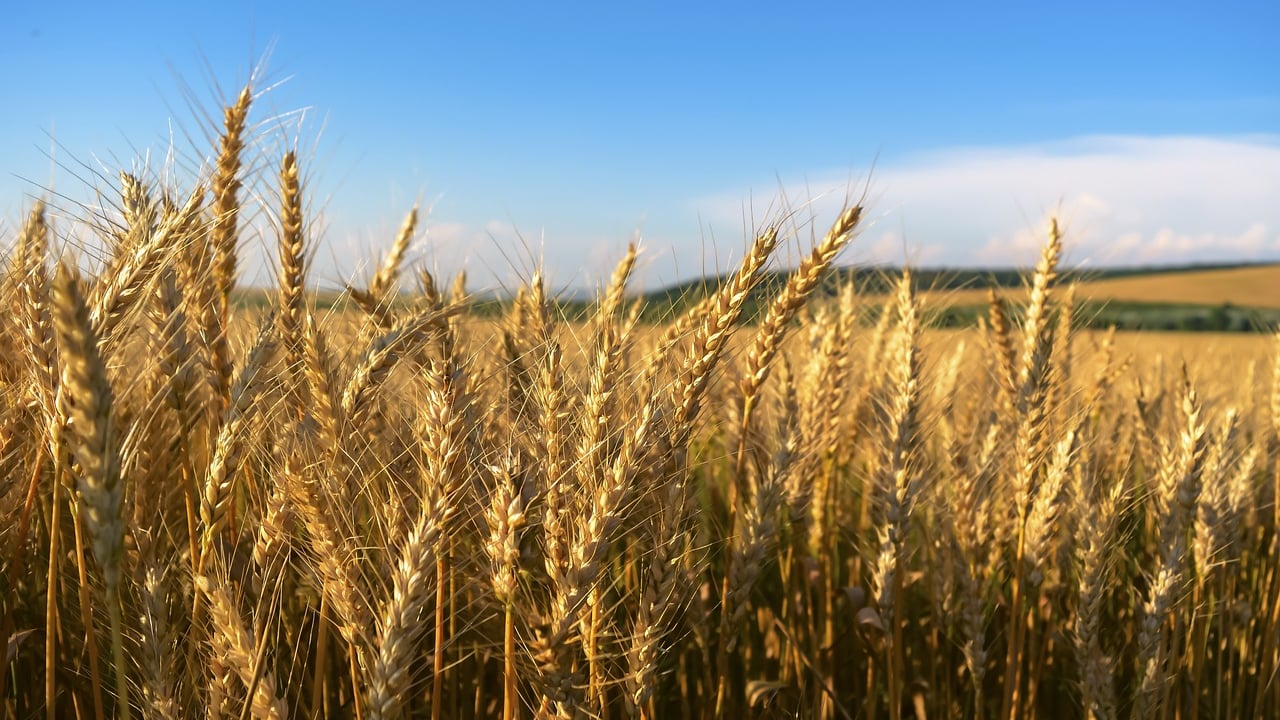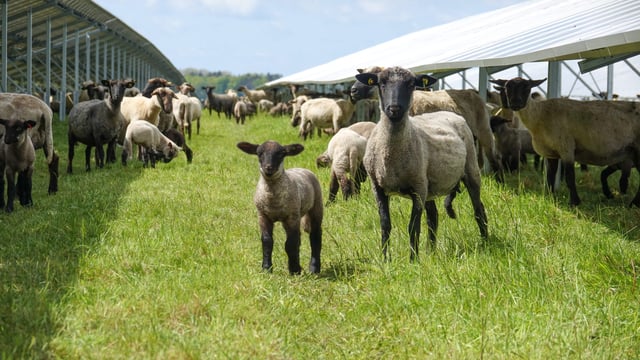World food prices declined in October - FAO
World food commodity prices generally declined in October, driven largely by ample global supplies, according to the benchmark measure released by the Food and Agriculture Organization of the United Nations (FAO).
The FAO Food Price Index, which tracks monthly changes in the international prices of a set of globally-traded food commodities, averaged 126.4 points in October, down 1.6% from its revised September level.
The FAO cereal price index declined by 1.3% from September, with declines recorded across all the major cereals.
The wheat price index dropped by 1%, the coarse grain index by 1.1%, and rice by 2.5%.
Meat and dairy
The FAO meat price index declined by 2% in the month, led by sharp drops in pig and poultry prices.
Bovine meat prices, however, continued to rise, driven by higher quotations from Australia due to firm global demand.
The dairy price index declined by 3.4% in October, led by a sharp decline in butter quotations tied to ample export availabilities from the EU and New Zealand.
Milk powder quotations also fell, due to limited import demand and strong export competition.
Forecasts for cereal markets
The FAO has also released updated forecasts for global cereal markets.
World cereal production is expected to rise by 4.4% in 2025 to reach 2.99 billion tonnes, a new record level, with foreseen output increases across all major cereals.
The new Cereal Supply and Demand Brief also forecast world cereal utilisation in 2025/26 to increase by 1.8% from the previous year to 2.92 billion tonnes, due mainly to ample supplies and lower prices.
Feed use of cereals is expected to rise at a faster pace.
Based on the updated forecasts, global cereal stocks are predicted to expand by 5.7% to a record high of 916.3 million tonnes.











